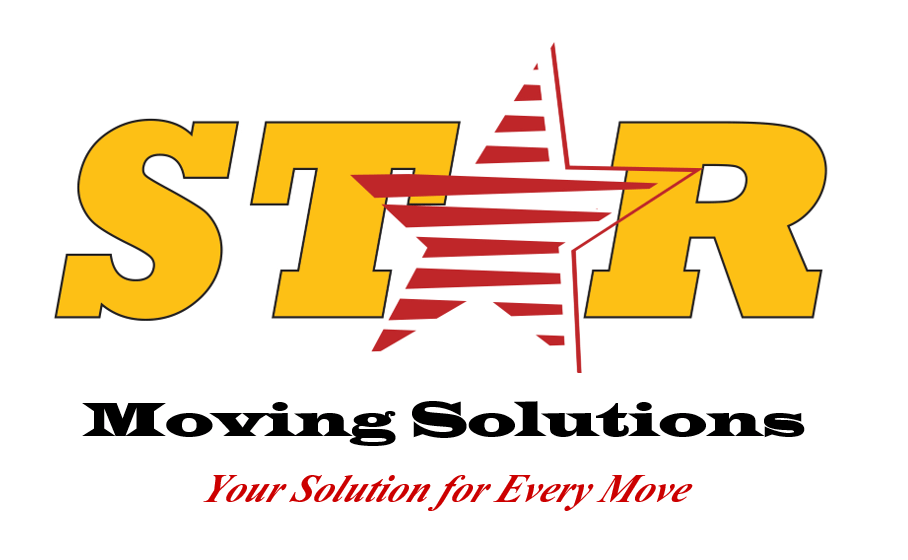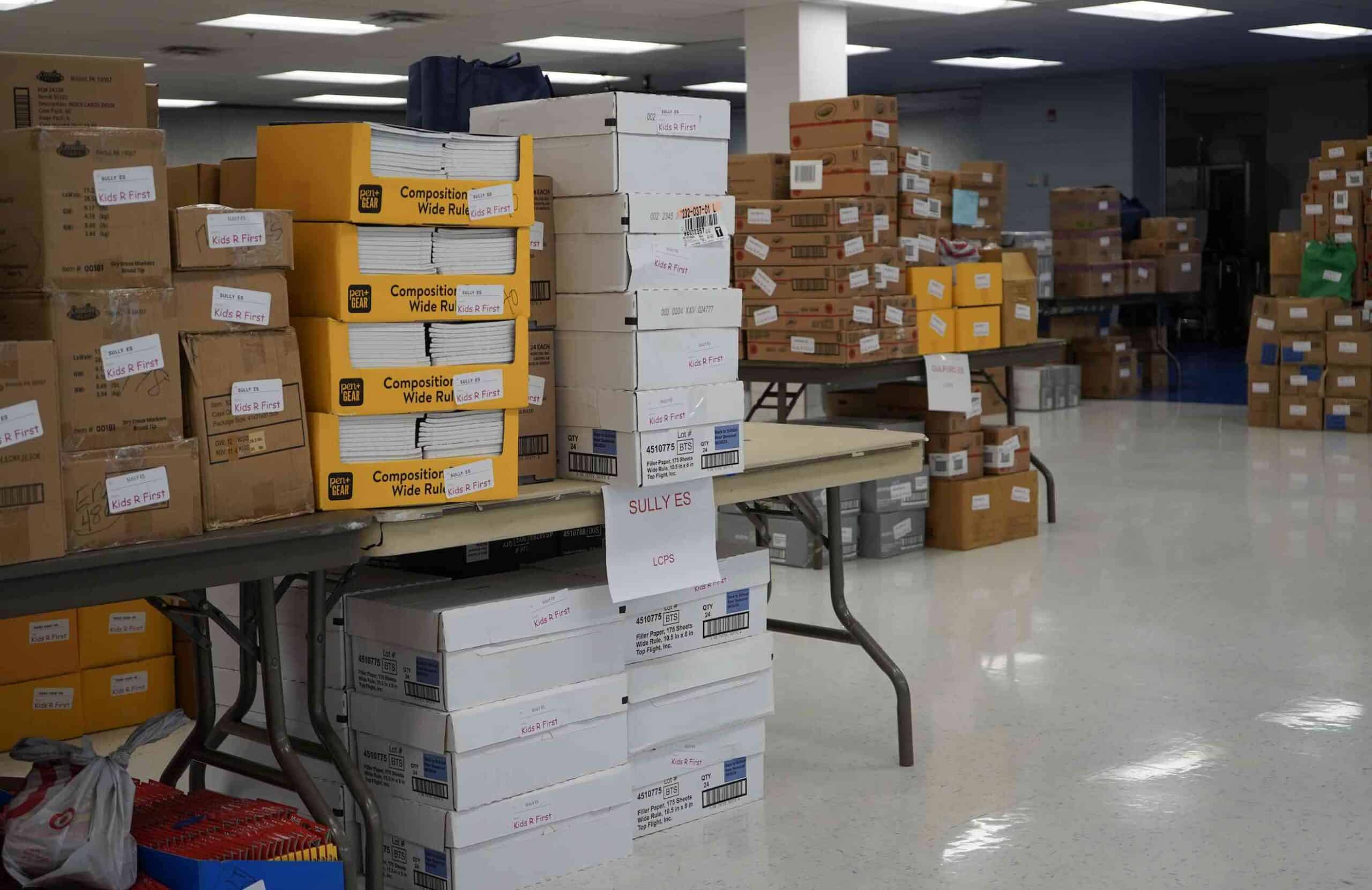The right long distance moving tips can make the difference between a chaotic relocation and a smooth transition to your new home. Moving feels overwhelming even in the best circumstances, but long-distance moves create extra chances for things to go wrong.
Your success in long-distance moving starts with proper planning and preparation. You might be heading across the country for a new job, moving closer to family, or just looking for a change of scenery. We’ve put together the most important cross country moving tips to help you handle this big life change. This complete guide for 2025 will walk you through every step – from getting ready for a long distance move to specific packing strategies.
You’ll find expert strategies to declutter effectively, pick reliable movers, pack smartly, and set up your new home without stress. We aim to turn this daunting experience into a structured, manageable project that you can tackle with confidence.
Create a Long-Distance Moving Plan
A successful cross-country relocation needs careful planning. A well-laid-out plan helps you avoid stress and prevents getting pricey mistakes during your experience to a new home.
Set a realistic moving timeline
You need enough time to succeed. Most households require at least two months to prepare properly for a long-distance move. This timeline lets you book professional movers, sort through belongings, and close local affairs without rushing. Your timeline should include a week of margin at the end to handle unexpected delays. The process works better with specific packing deadlines for each room.
Build a moving checklist by week
Weekly task chunks make the process manageable. The first weeks focus on research and administrative tasks like gathering documents and finding movers. Six weeks before the move, you should schedule utility transfers and start decluttering. The final weeks involve packing non-essentials first, then moving toward daily-use items. A shareable document helps family members coordinate and track progress.
Research your new location
Your new destination requires thorough preparation. You should break down cost of living comparisons, job markets, and transportation options. The neighborhood’s safety, school quality, and healthcare facilities need careful consideration. The local Chamber of Commerce offers new resident information packets that give an explanation about your future community.
Expert Tip #1: Declutter Before You Pack
Your first crucial task in making a long-distance move easier is decluttering. The best time to start this process is 4-6 weeks before moving day. This gives you enough time to make smart choices about your belongings.
Sort items by keep, donate, or discard
A simple “keep, donate, or discard” system can help organize your stuff effectively. The KonMari method or four-box sorting technique makes this job much easier to handle. Start with one room—or even just part of a room—so you don’t feel overwhelmed. The “one-year rule” works well here: anything you haven’t touched in 12 months should probably go.
Sell or donate bulky items
Big furniture and household items can substantially increase your moving costs. You’ll find many organizations like Goodwill, Habitat for Humanity, and The Salvation Army that pick up large donations free. Your donations make a real difference—items that just collect dust in your home could really help someone else. These charitable donations usually qualify for tax write-offs too, so make sure to get itemized receipts.
Digitize sentimental items
Digitization is perfect for preserving precious memories that take up space. Turn your photographs, letters, and important documents into digital files. This not only saves space but creates safe backups that accidents can’t destroy.
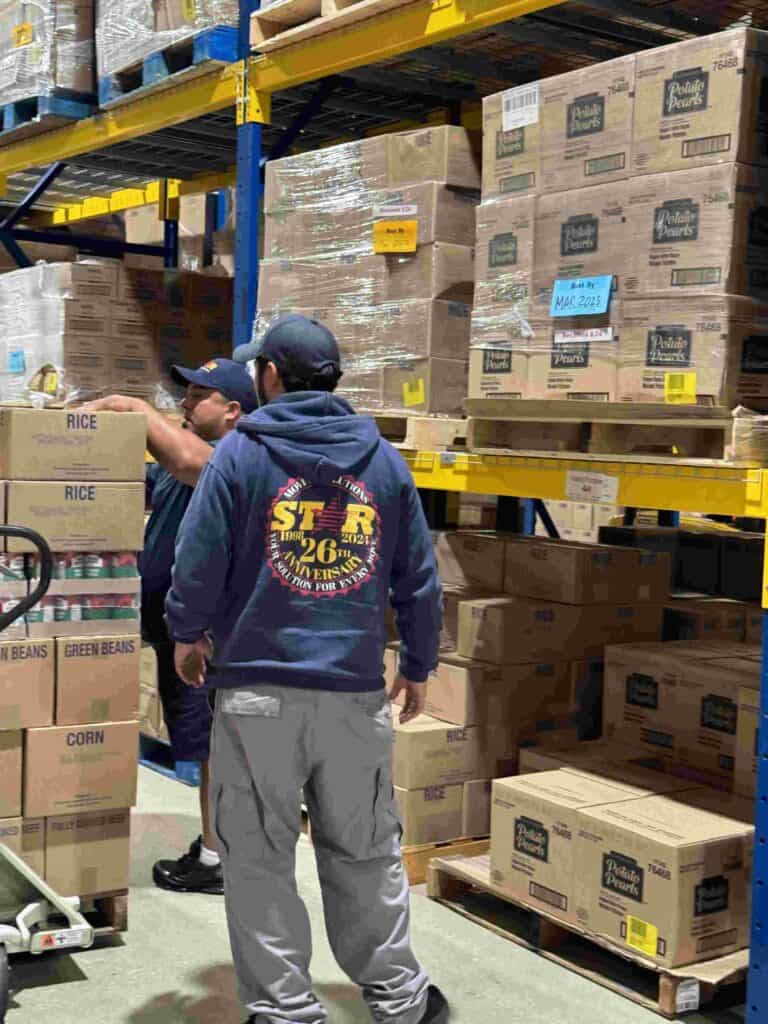
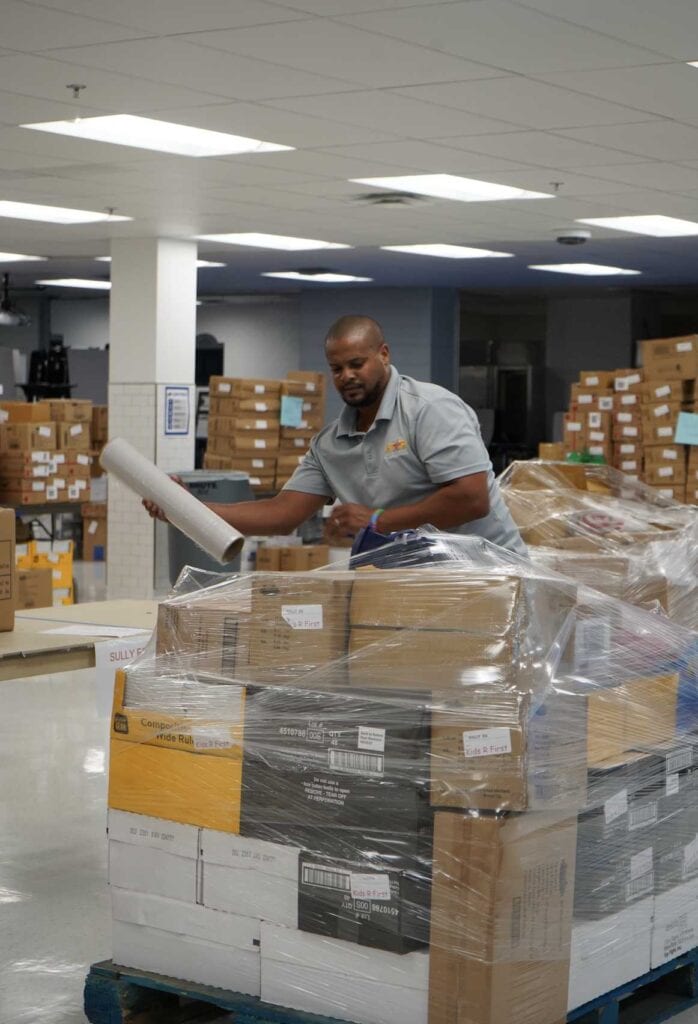
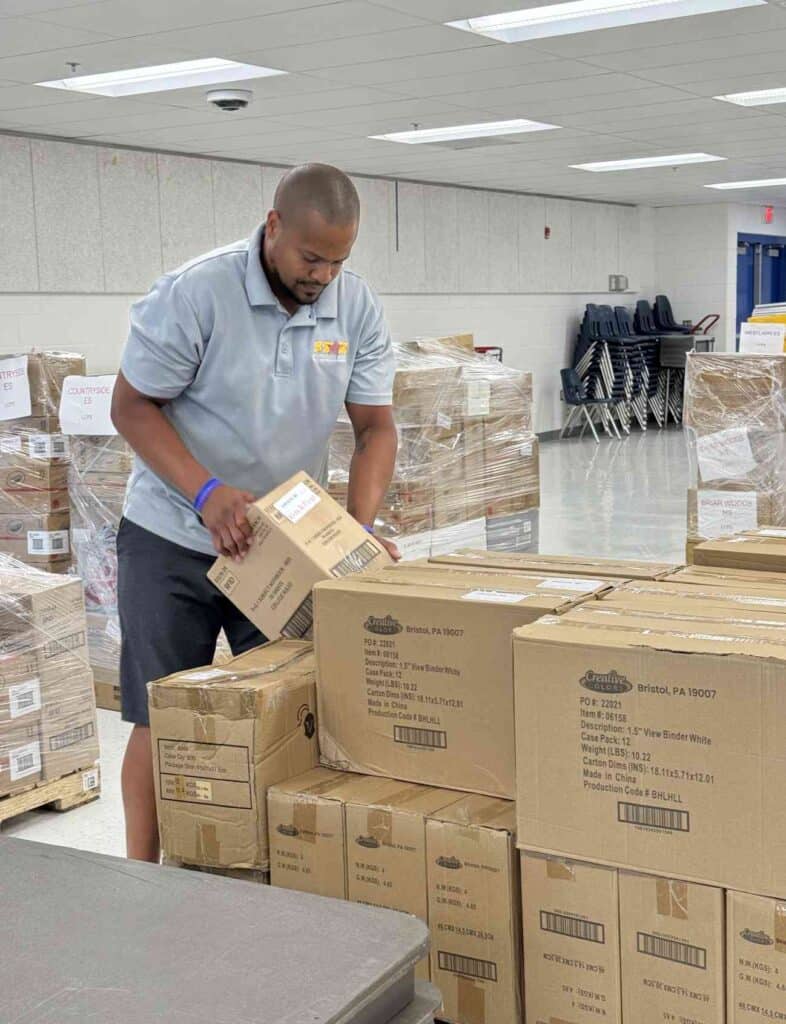
Expert Tip #2: Choose the Right Moving Company
Your choice of moving company can make or break your long-distance move. The company you pick will affect how safely and timely your belongings arrive, and what you’ll end up paying.
Compare at least 3 quotes
The best way to avoid moving scams starts with getting written estimates from several movers. These estimates must come from actual in-person inspections of your items, not just verbal or online quotes. Looking at multiple quotes helps you spot suspicious pricing – when one quote is much lower than others, that’s a potential red flag. Picking a mover just because they’re the cheapest often means you’ll get poor quality and unreliable service.
Check licenses and reviews
Long-distance movers must have a valid U.S. DOT number registered with the Federal Motor Carrier Safety Administration. You should use the FMCSA search tool to look up the company’s complaint history, safety record, and registration status. The Better Business Bureau and local consumer protection agencies are also great sources to check reviews and ratings.
Understand insurance and delivery terms
Moving companies have to offer two types of liability coverage: Full Value Protection and Released Value Protection. Released Value Protection costs nothing but only covers 60 cents per pound per article. Full Value Protection means the mover must pay the replacement value if they lose or damage your items. The law requires movers to deliver your goods for no more than 10% above a non-binding estimate’s price.
Expert Tip #3: Pack Like a Pro
Smart packing is the foundation of a successful long-distance move. The right approach will keep your belongings safe and make unpacking a breeze at your new home.
Use quality packing materials
Good supplies protect your items during the move. You should start collecting supplies 7-8 weeks before moving day. Get sturdy boxes of all sizes, packing tape, bubble wrap, packing paper, and furniture pads. Don’t use old or weak boxes for long-distance moves – they might break during the long journey. Small boxes work best for heavy items like books, while bigger ones are perfect for light, bulky stuff like bedding.
Label boxes by room and contents
Good labels will save you hours when unpacking. Write the room name and contents on several sides of each box. A color-coding system for different rooms can help too. Movers can quickly spot where boxes should go with this visual guide. Add clear tape over your labels to shield them from moisture during the move.
Create an inventory list
A detailed list of your packed items gives you peace of mind. Make a master list using spreadsheets or moving apps. Give each box a number and list what’s inside. This system helps track missing items and supports insurance claims.
Pack an essentials box
Keep a special “Open First” box with items you’ll need right away. Pack toiletries, medications, basic kitchen items, chargers, and fresh clothes. This box stays with you – not on the moving truck.
Use a room-by-room strategy
Pack one room completely before starting another. Start with storage spaces and rarely used rooms 4-6 weeks before the move. Put heavy items at the box bottom and fill gaps with soft items like towels. Strong packing tape on box bottoms is a must.
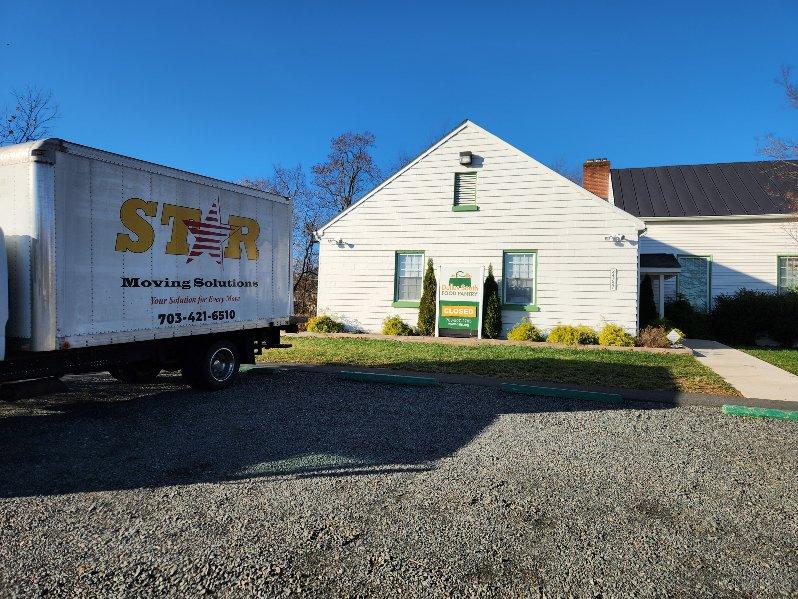
Expert Tip #4: Prepare for Moving Day Logistics
Moving day is coming up, and you need to focus on significant logistics to make your transition smooth. Good preparation will help you avoid problems during your cross-country trip.
Update utilities and documents
You should contact utility providers at least 30 days before your move date. Schedule your service disconnection for one day after you move out. Set up activation at your new place one day before you arrive. Make a detailed list of all your utilities – electricity, gas, water, internet, trash collection, and pest control services. Ask for final meter readings to avoid billing mistakes and update your payment information. Of course, remember to update your address with banks, insurance companies, and government agencies.
Plan for kids and pets
Moving can make children and pets anxious. Regular meal and bedtime schedules will help them feel secure. Book childcare or pet daycare before moving day to keep them away from all the chaos. Take your pets to the vet to update their shots and get health certificates – this is vital for moves between states. Pack their favorite toys and familiar blankets to help them adjust.
Arrange vehicle transport
Professional auto transport services are better than driving long distances. These services cover about 500 miles each day, and trips from coast to coast take 7-10 days. Clean your car well, take out personal items, check all fluid levels, and take photos of any existing damage. Good carriers offer insurance coverage up to $100,000 per vehicle.
Confirm mover communication
Check all the details with your moving company a day before you leave. Many companies provide tracking tools to watch your shipment in live updates. Problems might pop up, but good communication stops small issues from growing bigger. Keep talking with your movers so they can fix any concerns quickly.
Expert Tip #5: Take Care of Yourself During the Move
Physical and mental health deserve attention during your long-distance move. Your personal wellbeing matters just as much as protecting your belongings.
Stay hydrated and eat well
Good nutrition and hydration play a vital role during your move. Keep water bottles where you can see them and remember to drink water regularly. Your movers might appreciate some water too. Smart snack choices like fresh fruits, dark chocolate, protein bars, nuts, and yogurt help maintain steady blood sugar levels and reduce stress. Skip carbonated sweet drinks that drain your energy. Avoid fast food because it can make you feel bloated and tired.
Get enough rest before the move
Your body needs 8 hours of uninterrupted sleep to function properly. Sleep might feel impossible the night before moving day because of anxiety. Quality rest plays a vital role in your wellbeing and helps you stay productive. Limit your caffeine intake the day before so you can fall asleep earlier. A firm cutoff time for packing gives you enough time to relax before bed.
Take breaks during travel
Long-distance drives require stops every two hours or 100 miles, whichever comes first. Regular stops let you stretch and reduce back pain and stiff joints. Fresh air from these breaks helps you stay alert and energized behind the wheel.
Expert Tip #6: Protect Your Belongings with Insurance
People rarely think about insurance protection during a long-distance move. This oversight can cost thousands if something goes wrong.
Federal law requires moving companies to offer two types of coverage for your belongings. Released Value Protection comes at no extra cost but covers only about 60 cents per pound per article. To cite an instance, see what happens if your 25-pound TV gets damaged – you’d get just $15, whatever its actual value.
Full Value Protection works differently. Your mover becomes responsible for the replacement value of lost or damaged goods. This option gets pricey – adding 1-2% to your total moving expense – but offers nowhere near the coverage you need.
Simple homeowners or renters insurance won’t protect your possessions during transit. High-value items need third-party moving insurance. These policies are a great way to get protection against situations that standard moving coverage excludes, like natural disasters, mold, or mechanical incidents.
Your best protection starts with documentation. Take photos of valuable items and list everything in detail. You’ll have nine months after delivery to file a written claim with your mover if damage occurs.
Note that certain actions might limit your mover’s liability. Packing boxes yourself or not declaring items of extraordinary value can affect your coverage. Learning these details before your cross-country move helps avoid expensive surprises later.
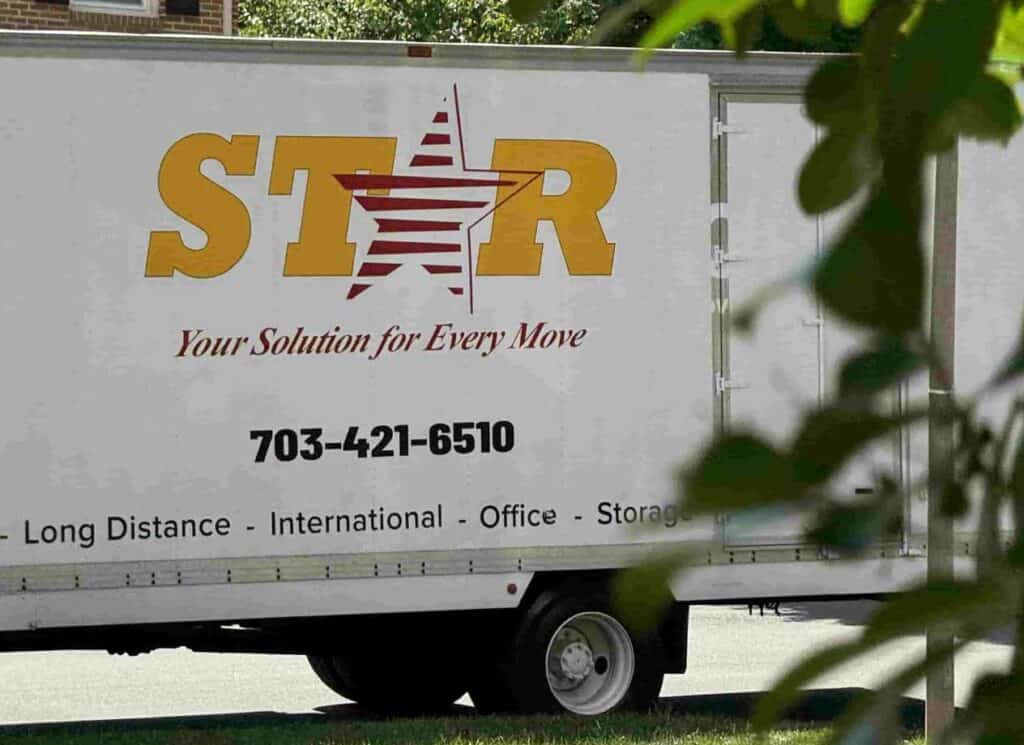
Expert Tip #7: Set Up Your New Home Efficiently
The final challenge of your long-distance move involves transforming an empty space into a cozy, functional home. This transformation needs careful planning to succeed.
Plan furniture placement in advance
A clear furniture placement strategy will save you significant effort on moving day. You should create a floor plan with your new home’s photos or measurements to sketch possible layouts for each room. This strategy helps you determine which pieces will fit well and what needs replacing. Your movers will need specific directions about where heavy items belong in multi-level homes. This prevents the need to move them again without help later. The best approach is to start with your bedroom and kitchen since these high-traffic areas need to be functional quickly.
Stock essentials before arrival
A pre-move visit to your new home gives you the chance to stock up on necessities. You should focus on immediate needs like cleaning supplies, toilet paper, paper towels, and simple kitchenware. Stock up on non-perishable food items and bottled water. A coffee maker, microwave, and basic cookware will make your first few mornings much easier. Don’t forget personal care items such as toothpaste, soap, and medications to avoid rushing to stores late at night.
Check utility connections
Schedule your utilities to be connected one day before you arrive. You should contact service providers at least three weeks ahead to arrange activation. Electricity, water, gas, internet, and trash collection services need to be set up. The best time to schedule internet installation is the day after unpacking since move-in day tends to be too hectic. Test all lights, water, and appliances when you arrive to ensure everything works properly.
Expert Tip #8: Be Flexible and Celebrate the Move
Perfect planning can’t prevent every bump in the road during a cross-country move. Your most valuable ally throughout the moving process is staying flexible.
Expect delays and stay calm
Moving delays happen due to traffic jams, weather changes, and mechanical issues. Problems pop up, so keep in touch with your moving company through regular check-ins. A positive mindset and patience work better than frustration with unexpected situations. Note that a calm approach helps you analyze the situation better and creates room to adjust relocation schedules.
Adapt to changes in plan
Create backup plans for lodging and transportation if you face major delays. You should be ready to adjust service schedules and find backup storage facilities if your new home isn’t ready. Life doesn’t always follow the script—sometimes changes like new routes turn out better than planned.
Take time to enjoy your new space
This milestone deserves a celebration! Throw a casual get-together with everyone who helped you move. You could host an “unpacking party” where guests help set up different rooms. Take your family to explore local parks, shops, and community centers to feel more at home. Start new traditions that strike a chord with everyone—this shows how much each person’s help meant during this life-changing move.
Slutsats
Long-distance moves come with their own set of challenges. But you can turn this potentially stressful experience into a manageable project with the right planning and execution. This piece outlines key strategies that make every aspect of your relocation smoother.
The foundation of a successful move starts with an early, detailed timeline and checklist. A thorough decluttering before you pack cuts down moving costs and gives your new home a fresh beginning. Finding the right moving company might feel daunting. You can avoid future problems by comparing quotes, verifying licenses, and understanding your insurance options.
Smart packing with quality materials and clear labels will save you countless hours at your destination. Your greatest asset during the move is staying flexible because even the best plans can hit unexpected bumps along the way.
Your well-being matters most during this transition. Good rest, proper hydration, and healthy eating give you the energy needed for this most important life change. Once you’ve settled in, celebrate what you’ve accomplished and start learning about your new community.
Long-distance moving takes considerable work. The satisfaction of setting up your new life makes the trip worth every effort. These expert tips will help you tackle the challenges ahead. You’ll be ready to make the most of the exciting opportunities your new home brings. A smooth move isn’t just a dream—it’s achievable with solid planning and the right attitude.
Vanliga frågor
Q1. How far in advance should I start planning for a long-distance move? It’s recommended to begin planning at least two months before your move date. This timeline allows you to book movers, sort through possessions, and handle administrative tasks without rushing. Consider adding an extra week for unexpected delays.
Q2. What’s the most cost-effective way to move long-distance? Renting a moving truck and doing the work yourself is often the least expensive option for long-distance moves. You’ll only pay for the truck rental and fuel. To further reduce costs, consider borrowing or renting packing boxes from friends or local businesses.
Q3. How should I pack for a long-distance move? Use quality packing materials and sturdy boxes. Label each box clearly with its contents and destination room. Create an inventory list of your packed items, and pack an “essentials” box with items you’ll need immediately upon arrival. Start packing least-used items 4-6 weeks before the move.
Q4. What type of insurance should I consider for a long-distance move? Consider Full Value Protection, which makes the mover responsible for the replacement value of lost or damaged goods. For high-value items, third-party moving insurance might be worth exploring as it often covers situations excluded by standard moving protection.
Q5. How can I make settling into my new home easier after a long-distance move? Plan your furniture placement in advance using a floor plan of your new home. Stock up on essentials before you arrive, including cleaning supplies, basic kitchenware, and non-perishable food items. Ensure utilities are connected a day before your arrival, and take time to explore your new community to help you feel at home.
